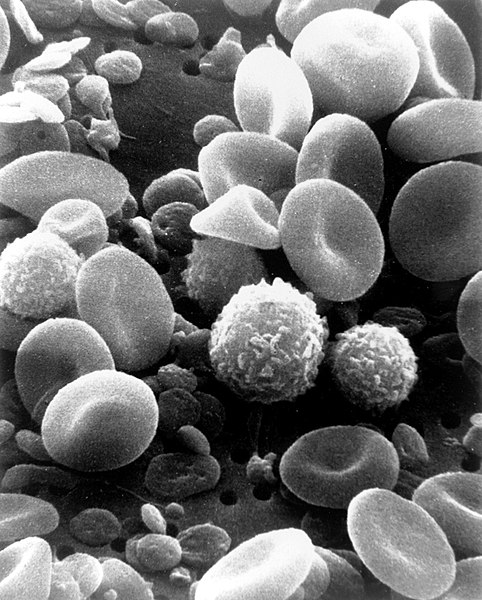
Homeostasis: What Is It?
Human Body Self-Regulation
Our body is highly complex, with many physiological processes taking place within its tissues and organs. Every day, it is subjected to changes in its internal and external environment. Homeostasis is the process by which our bodies maintain balance and stability against these stresses. The word is derived from the Greek word “homeo” meaning similar to, and “stasis” meaning to stand still. The process of homeostasis protects the body, helping it to survive what could otherwise be life-threatening situations, by maintaining a balance in such things as temperature, glucose, water and pH levels.
Blood Sugar Regulation
Perhaps the most widely known example of homeostasis is the regulation of blood sugar levels by the pancreas. If not regulated properly, conditions such as diabetes can occur from hyperglycemia (high sugar levels) or hyporglycemia (low blood sugar levels). The pancreas releases two key hormones to control sugar levels; insulin helps to control the rate of glucose uptake by cells while glucagon controls the release of glucose from the body’s glycogen stores. These hormones work closely together to regulate sugar levels during meals or periods of exercise.
Thermo-regulation
In order to properly function, the body needs to be kept at around 37 degrees Celsius – each of our bodies has a very slight variation in this temperature. A deviation from this temperature, even by a few degrees, is potentially very dangerous.
A region of our brain known as the hypothalamus helps to monitor our body’s temperature and actions responses such as sweating, shivering or restricting blood flow to the extremities to help maintain its core temperature. Sometimes, our bodies override our natural temperature in the event of a viral or bacterial infection, creating a fever to help stimulate our immune system and impede a foreign attack.
Osmoregulation
Maintaining our fluid levels and electrolytic balance is essential for our health and our body controls this through the regulation of water intake and excretion via our kidneys. The average adult needs around 2.5 litres of water a day to achieve this balance. When low levels of water are detected, the hypothalamus synthesises a hormone known as antidiuretic hormone (ADH) which communicates to the kidneys to reabsorb more water.
Acid-Base Regulation
The pH levels for different parts of the human body vary widely, from pH 1 gastric acid to pH 8.1 pancreatic fluid. Human blood needs to have a pH level of between 7.35-7.45 (slightly alkaline) to be within a healthy range. Having the appropriate blood pH level allows proper cellular and enzyme functionality and is regulated by the bicarbonate ion – carbonic acid system, the lungs and kidneys. The lungs are able to regulate blood pH rapidly through the rate of exhalation of carbon dioxide. The kidneys on the other hand have a slower impact on pH levels by excreting acids or synthesising bicarbonate.
We can see that the human body processes are complex, and there is a vital need for regulation to ensure proper functioning and health. This is achieved by the body’s coordination of all its systems working in harmony, in which the hypothalamus plays a key role. Homeostasis allows us to regulate ourselves in the often harsh conditions of the natural world, allowing us to cope with extreme temperature variations or periods of famine. It has also been attributed as a driving force for evolution in organisms.